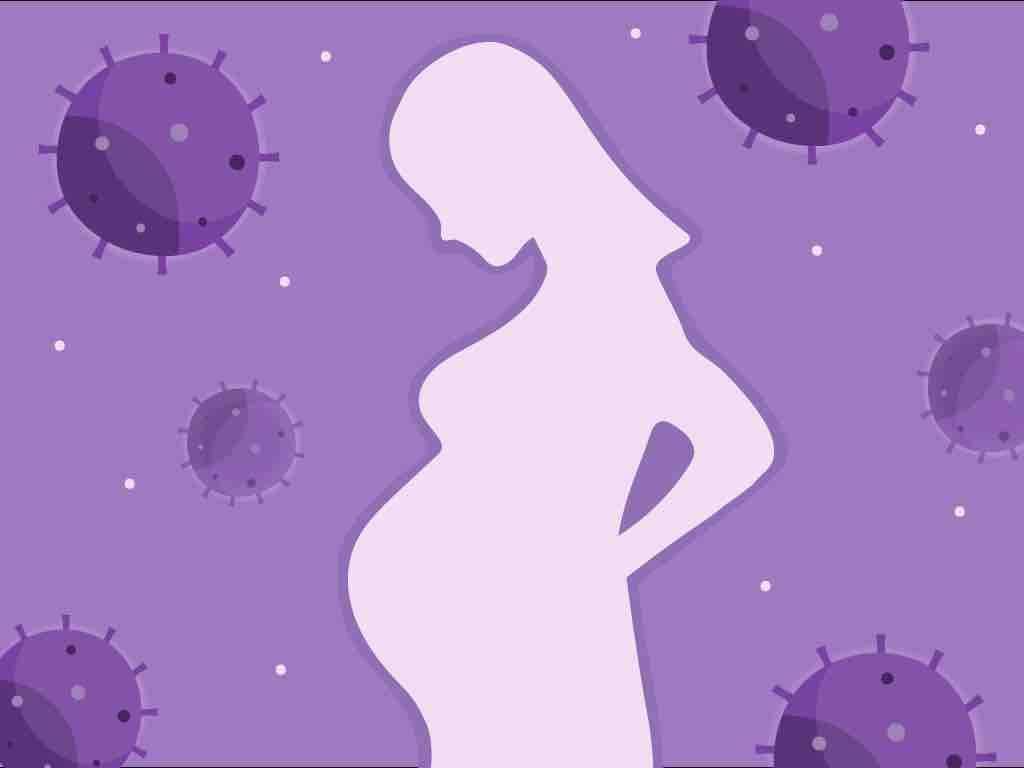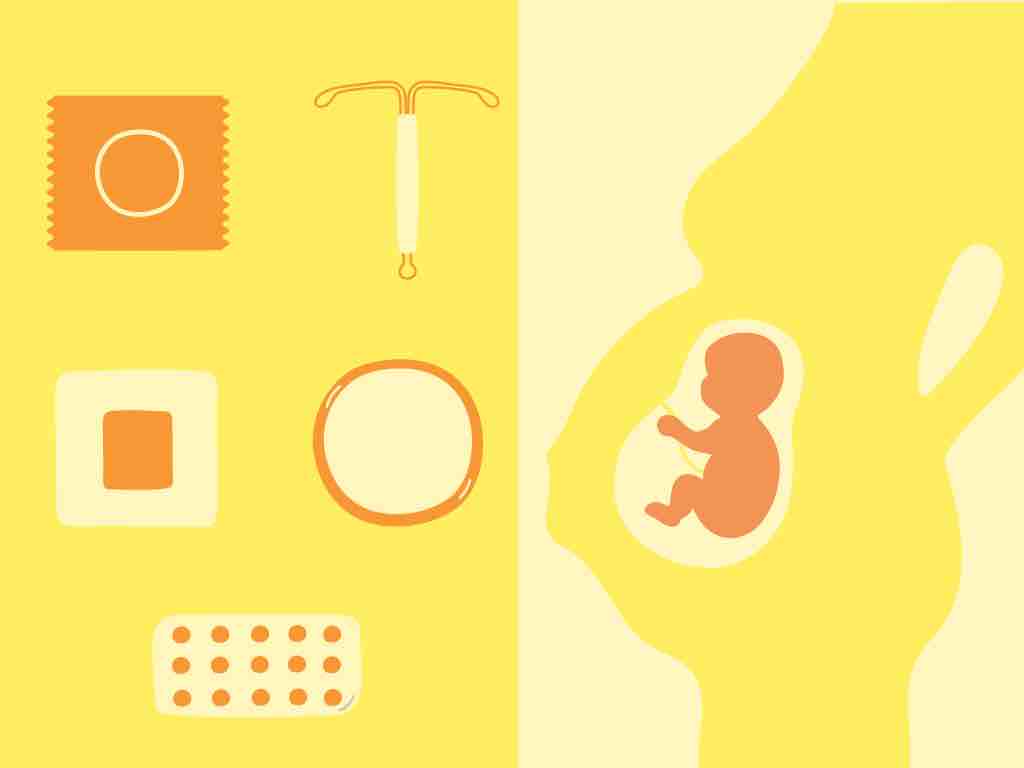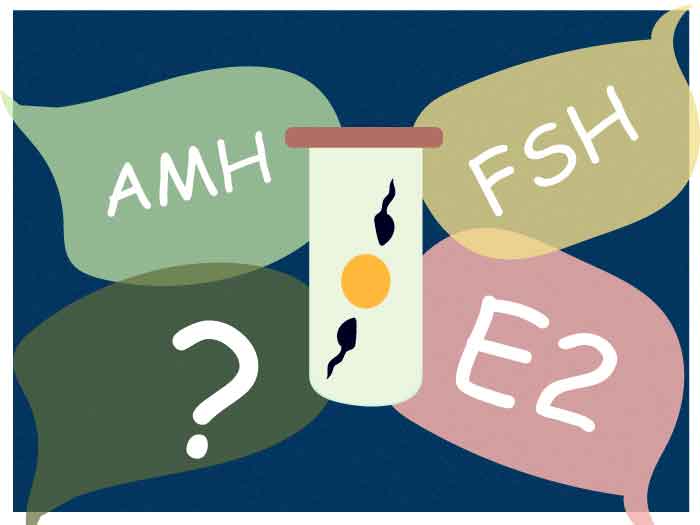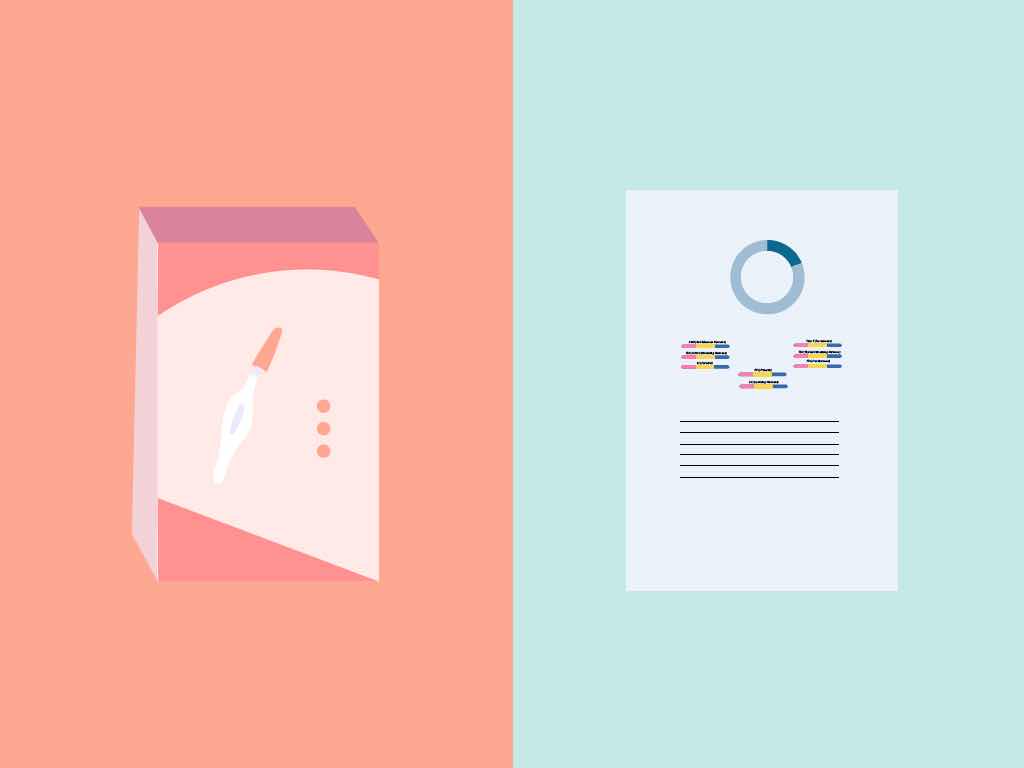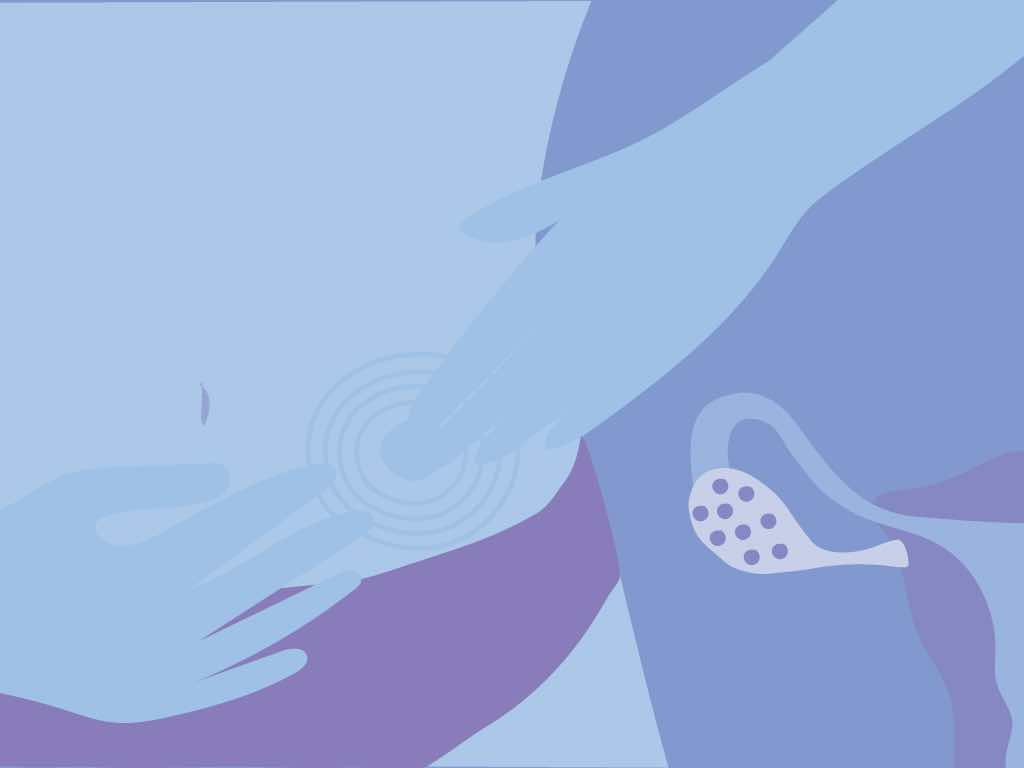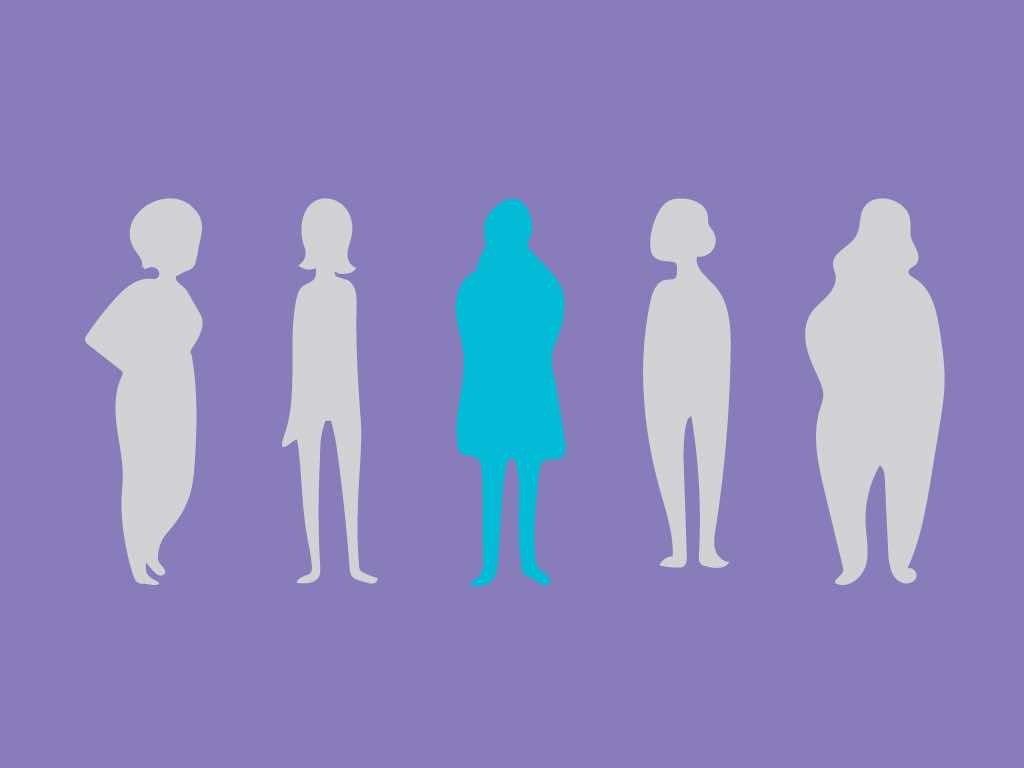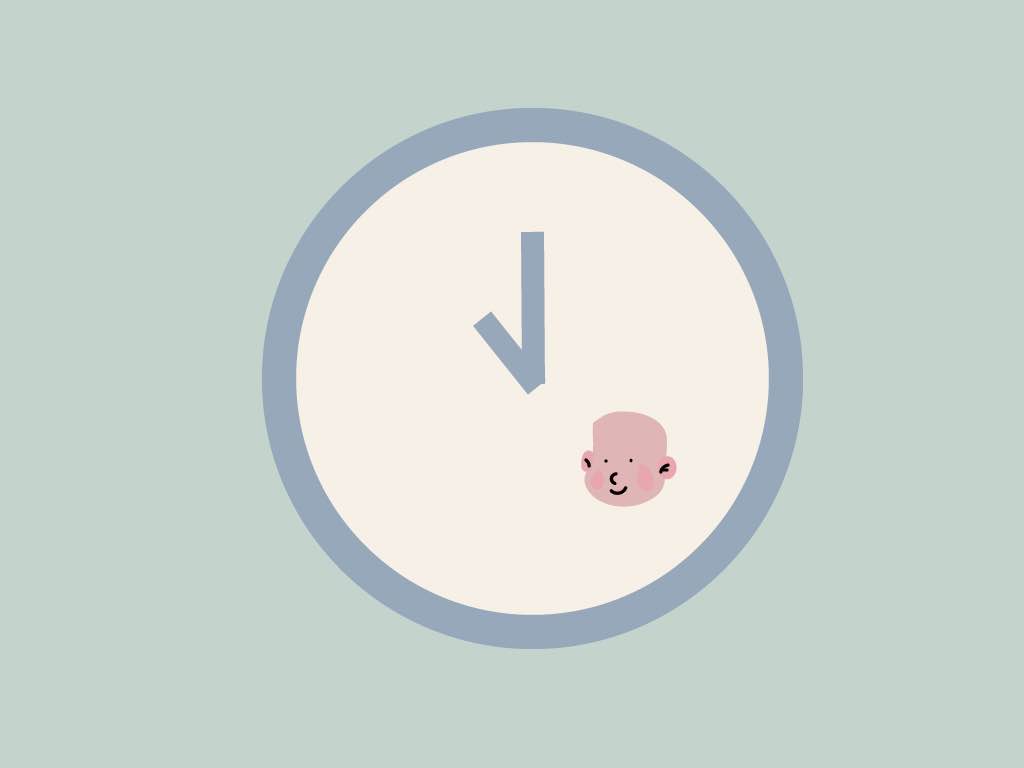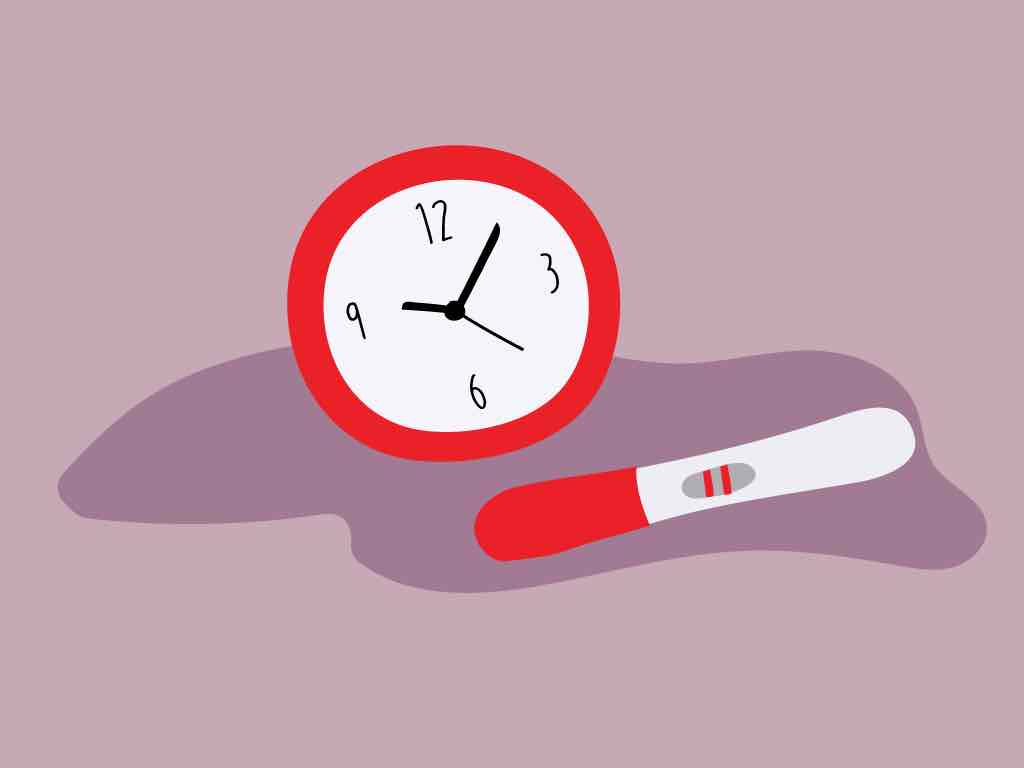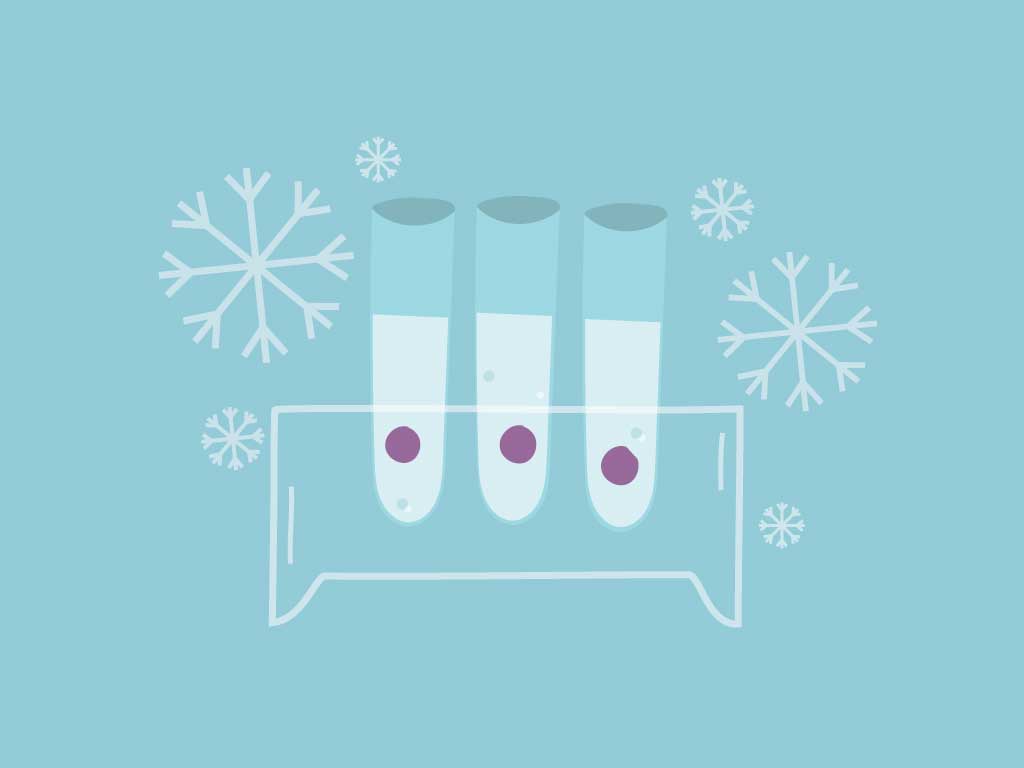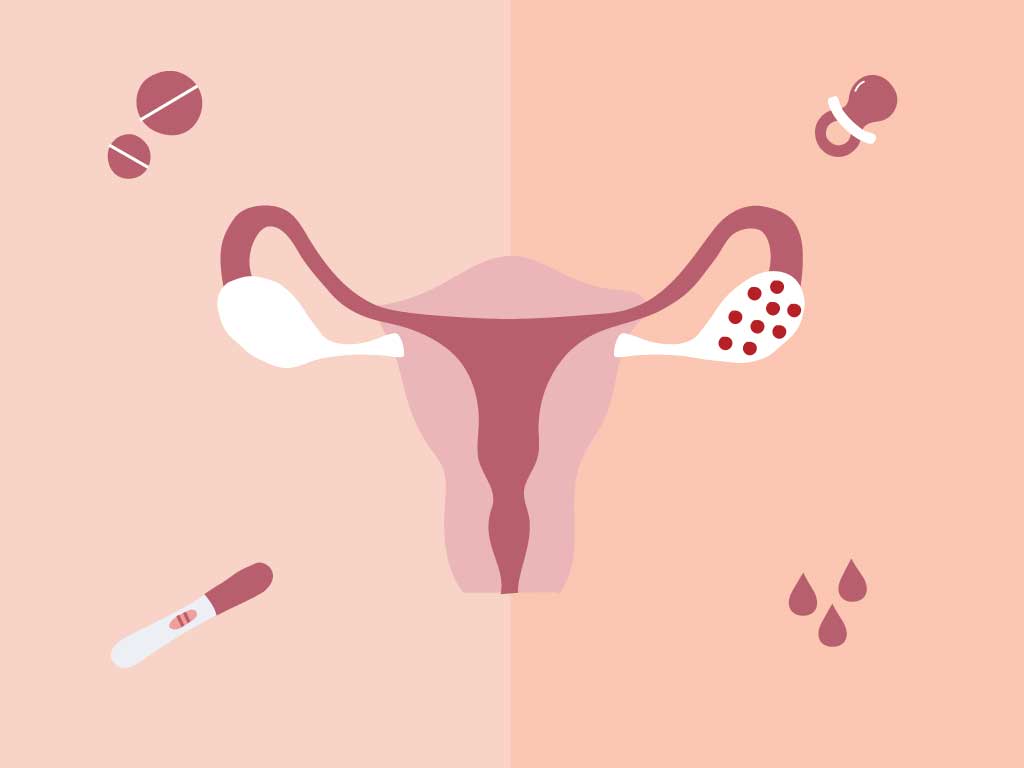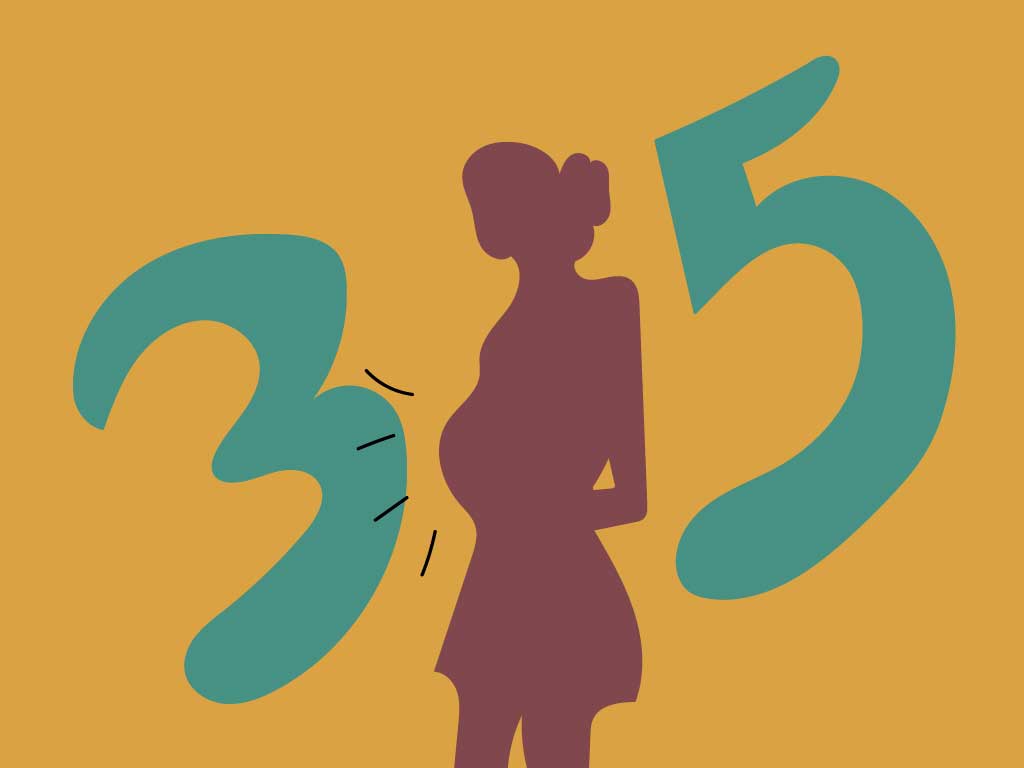Menstrual Cycle and Period Are Not the Same
February 24, 2020 | Bonné
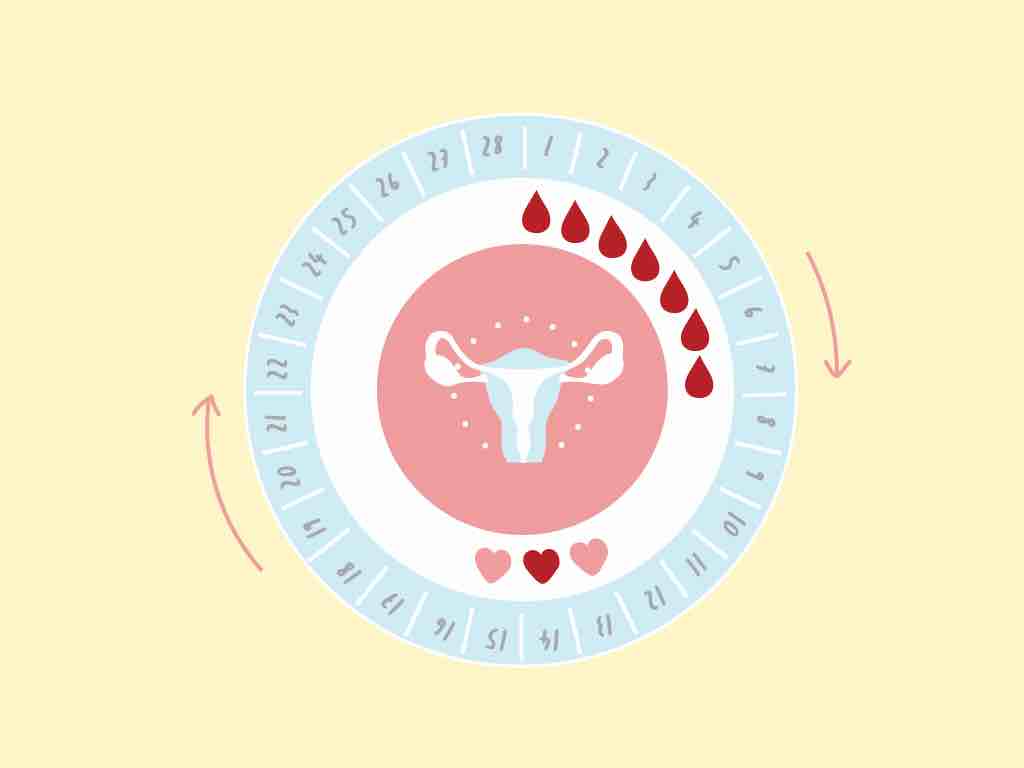
Top Things to Know:
- Menstrual cycle and period are not the same; period is actually just a part of the menstrual cycle.
- The menstrual cycle starts on the first day of your period and ends on the day before your next period starts.
- The cycle is divided into ovarian and uterine cycles.
- The cycle is governed and regulated by hormones: FSH, LH, estrogen, and progesterone released by brain, ovaries, and uterus.
- Levels of FSH are particularly useful to determine women’s fertility.
- Tests, like YesMom’s fertility profile testing, that include FSH level test are done on the third day of a woman’s cycle.
- Getting a fertility profile empowers women to make informed and calculated decisions about their life.
About menstrual cycle
No! menstrual cycle and period are not the same, don’t get confused! There are more than just those 5-7 days of your period in one menstrual cycle. Your menstrual cycle occurs, in parallel, in two places: your ovaries and uterus. Both begin with your period and ends on the day before your next period starts. The part of the cycle that occurs in the ovaries is called the ‘ovarian cycle’ which is divided into follicular and luteal phases. The part that occurs in the uterus is called the ‘uterine cycle’ divided into period, proliferative, and secretory phases . The entire cycle is regulated by your brain, ovaries, and uterus through the secretion of hormones.
About period
The first day of your menstrual cycle is the first day of your period. The average length of the menstrual cycle ranges from 24-35 days[1] and can vary from cycle to cycle. An interesting thing that you should know and understand is that your menstrual cycle influences all parts and organs of your body, and reflect your overall health. The primary hormones that are responsible for regulating a woman’s menstrual cycle are estrogen, progesterone, luteinizing hormone (LH), and follicle stimulating hormone (FSH).
The uterine cycle, where period phase is!
While the ovaries are prepping the egg to be released and fertilized, the uterus is planning to receive the fertilized egg that can get implanted in its walls. The uterine cycle is divided into three phases:
- Menstrual
- Proliferative
- Secretory
Menstrual phase is essentially periods which is characterized by the slugging off of the uterine lining in the event that there is no successful pregnancy. This phase lasts 3-5 days. This phase is followed by the proliferative phase wherein the woman’s uterus starts to regrow the lining for receiving a fertilized egg in the next cycle. The third part of the uterine phase is the secretory phase wherein the blood vessels, and other nutritive tissues begin to grow into the uterine lining in anticipation of a pregnancy.
The uterine lining becomes thick with an increase in blood supply and nutrients in the hope that fertilization will occur. It is this uterine lining which is shed during your periods, in the event that pregnancy doesn’t occur.
What is the ovarian cycle?
As mentioned earlier, the ovarian cycle is the menstrual cycle of the ovaries. It is divided into two phases– follicular and the luteal phases and lasts for 28 days(average)[2]. In the first or the follicular phase, there is a slow rise in the levels of LH and FSH, which cause the growth of the ovarian follicles(sacs in the ovary inside which the eggs develop). This step is basically preparing the egg for ovulation. As the follicles are growing and egg is maturing, the ruptured follicle or the corpus luteum begins to release estrogen and progesterone, which help in the growth and maintenance of the uterine lining, thereby preparing the body for pregnancy. The growing levels of estrogen and progesterone cause a sharp fall in the levels of FSH and LH. This is the luteal phase of the ovarian cycle.
How and why do hormones change throughout the menstrual cycle?
The hormonal levels in a woman are constantly fluctuating throughout her menstrual cycle. By why does this occur? Well, to prepare for a baby! When fertilization does not occur, there is no pregnancy and this results in periods.
Of the four major hormones that guide the woman’s menstrual cycle each month, the role of FSH arises first. Its primary job is to instruct immature eggs in the ovaries to begin growing. So, during the first phase of your menstrual cycle till ovulation, the FSH levels are high. When ovulation occurs, the ruptured follicle begins to release estrogen. However, since this FSH works in a feedback loop mechanism with estrogen, FSH levels begin to drop. The estrogen and progesterone levels are low at the time of ovulation and begin to increase after the formation of corpus luteum.[3] In an event of a failed fertilization, the corpus luteum disintegrates and the hormonal levels fall, indicating the uterus to shed its lining, and periods occur.
Tracking your hormonal levels throughout your menstrual cycle can tell you where in your cycle you are. This is useful if a woman wants to conceive or avoid a pregnancy. The FSH levels are particularly helpful to determine egg reserves and the quality of eggs in a woman.
The primary job of FSH is to instruct the immature or underdeveloped eggs in your ovaries to begin growing. So, during the first phase of your menstrual cycle, until ovulation, the levels of FSH are high. But, this FSH works in a feedback loop mechanism with the estrogen that is released by the follicles (egg-filled sacs) in the ovaries. This means that as the eggs begin maturing in the ovaries, they begin releasing estrogen. A rising estrogen level means a decreasing FSH level.
The estrogen and progesterone levels are low at the time of ovulation and until the next cycle. High levels of these hormones are essential to prepare the woman’s body for pregnancy. But, in the event that no pregnancy occurs, the levels of both these hormones drop, triggering the beginning of the next cycle and periods occur.
Which of these hormones is great for fertility tracking?
Among the hormones that regulate women’s menstrual cycle, FSH level test on day-3 of the cycle is particularly helpful.FSH is a better indication of egg reserve and quality of eggs present which, in turn, determine chances of conceiving.
High levels of FSH in the blood may mean that there is a hidden reason the body needs more FSH to bring about egg maturation and release. It could also mean that the number and quality of the eggs are low. If this occurs in women above 38-40 years of age, it can be considered normal, because FSH rises with advancing age However, abnormally high FSH levels in 20s-year-old women may indicate Primary Ovarian Insufficiency.
Low FSH levels may indicate some problems in the pituitary gland or the hypothalamus which could affect ovulation.
Why is FSH testing important?
The FSH test is done on the third day of a woman’s cycle. The test result is helpful to evaluate what type of fertility treatment or conception options are open to the woman.
Getting a fertility profile is a great idea for you, as it will give you a clearer picture of your menstrual cycle and the options the time and the method you can conceive. This is empowering for women, as they can now decide the course of their life.
The Yesmom Fertility test provides an in-depth analysis of your test results and how you must interpret them to understand your fertility and its impact on your overall health.
[1]Patrick Charles Davis. Menstruation(Menstrual Cycle, Period). Available at: https://www.medicinenet.com/menstruation/article.htm
[2] Oogenesis. Available at: http://www.embryology.ch/anglais/cgametogen/oogenese04.html
[3]Sargis Robert M. An Overview of the Ovaries. Updated on 4th August 2015. Available at: https://www.endocrineweb.com/endocrinology/overview-ovaries


